
Callidium
What is the animal Callidium known for?
Callidium is a genus of beetles in the family Cerambycidae, also known as longhorn beetles or longicorns.
They are known for their long antennae, which can be longer than their body length, and their metallic or iridescent colors.
Some species of Callidium are also known for their ability to bore into wood and cause damage to trees and wooden structures.
For example, Callidium violaceum, also known as the violet longhorn beetle, can infest coniferous wood and cause blue stain fungus to grow.
Callidium is a diverse genus with many species, some of which are extinct and only known from fossils.
They are distributed in various regions of the world, especially in temperate and boreal zones.
Callidium beetles are fascinating insects that have adapted to different habitats and ecological niches.
Where does the Callidium live?
There are about 50 species of Callidium, which are mostly found in North America, Europe, and Asia.
They live in various habitats, such as forests, meadows, and gardens, where they feed on dead or decaying wood.
Some species are considered pests, as they can damage wooden structures or furniture.
Callidium beetles have flat bodies and long antennae.
They are usually brown, black, or gray, with various patterns or spots on their elytra (wing covers).
Some species have metallic or iridescent colors.
They are active during the day and can fly well.
They mate in the spring or summer, and the females lay eggs in cracks or holes in wood.
The larvae are wood-borers, which means they tunnel inside the wood and feed on it.
They can take several years to complete their development, depending on the species and the quality of the wood.
The adults emerge from the wood through round holes.
Here are some examples of Callidium beetles:
Callidium violaceum: This species is also known as the violet longhorn beetle or the purpleheart woodborer.
It is native to North America, where it occurs from Canada to Mexico.
It is a pest of hardwood trees, especially maple, birch, and beech.
It has a metallic purple or blue color, with yellow spots on the elytra.
It can grow up to 25 mm long.Callidium frigidum: This species is also known as the alpine longhorn beetle or the spruce borer.
It is native to Europe and Asia, where it occurs in mountainous regions.
It is a pest of coniferous trees, especially spruce, fir, and pine.
It has a black or dark brown color, with white or yellow bands on the elytra.
It can grow up to 20 mm long.Callidium aeneum: This species is also known as the bronze longhorn beetle or the bronze woodborer.
It is native to Asia, where it occurs in China, Japan, and Korea.
It is not a serious pest, but it can damage ornamental trees, such as cherry, plum, and peach.
It has a metallic bronze or copper color, with black spots on the elytra.
It can grow up to 15 mm long.
Example of the color palette for the image of Callidium
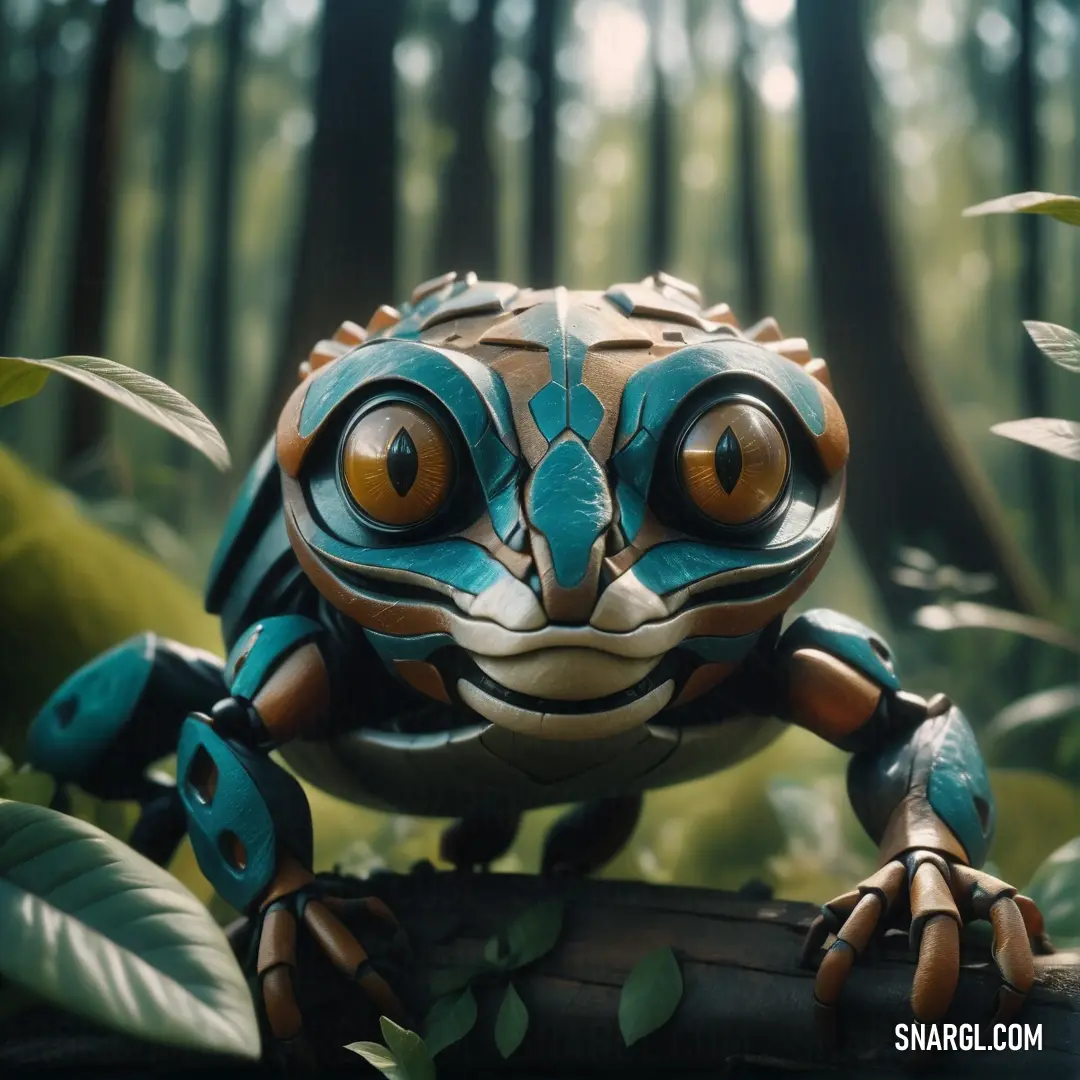
See these colors in NCS, PANTONE, RAL palettes...
What does the Callidium look like?
These insects have 11-segmented antennae that are longer or slightly shorter than their body, and their eyes have notches.
Their thorax is wider than its length, and their elytra are usually broad and flat with prominent shoulder humps.
Their femora are club-shaped at the end.
Callidium have various colors and patterns, such as metallic blue, red, black, or yellow.
Some species are pests of coniferous trees, while others are beneficial pollinators.
Here are a few descriptions of Callidium species:
Callidium violaceum is one of the most common and widespread species in the genus.
It has a metallic blue body with red markings on the elytra and legs.
This callidium feeds on dead or dying wood of various trees, especially pine and fir.Callidium syriacum is a rare and endangered species that is endemic to Lebanon.
It has a black body with yellow spots on the elytra and antennae.
This callidium species is associated with cedar forests and is threatened by habitat loss and overcollection.Callidium pseudotsugae is a species that is native to North America.
It has a brown body with yellow stripes on the elytra and antennae.
This beetle is a pest of Douglas-fir trees and can cause significant damage to timber and ornamental plants.

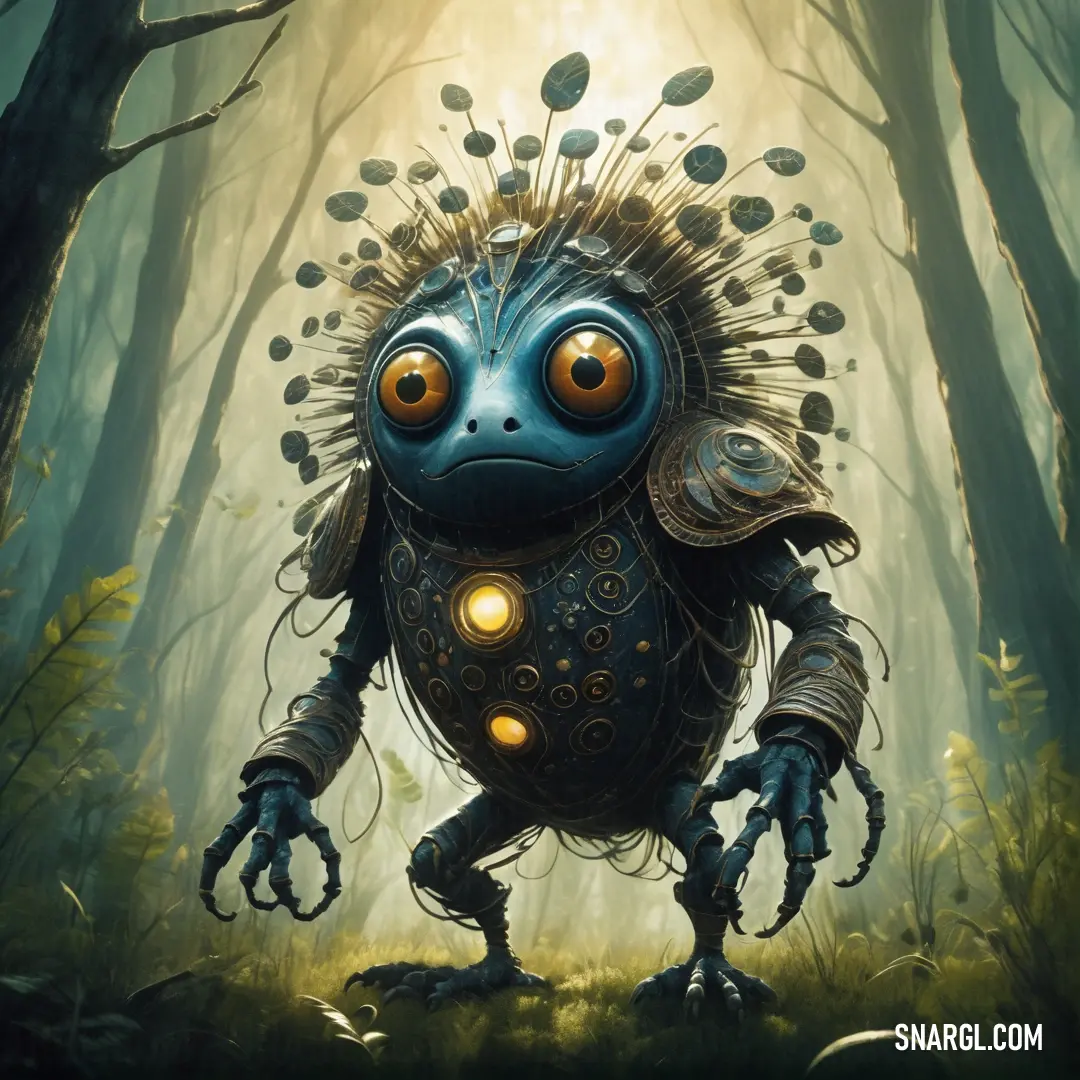
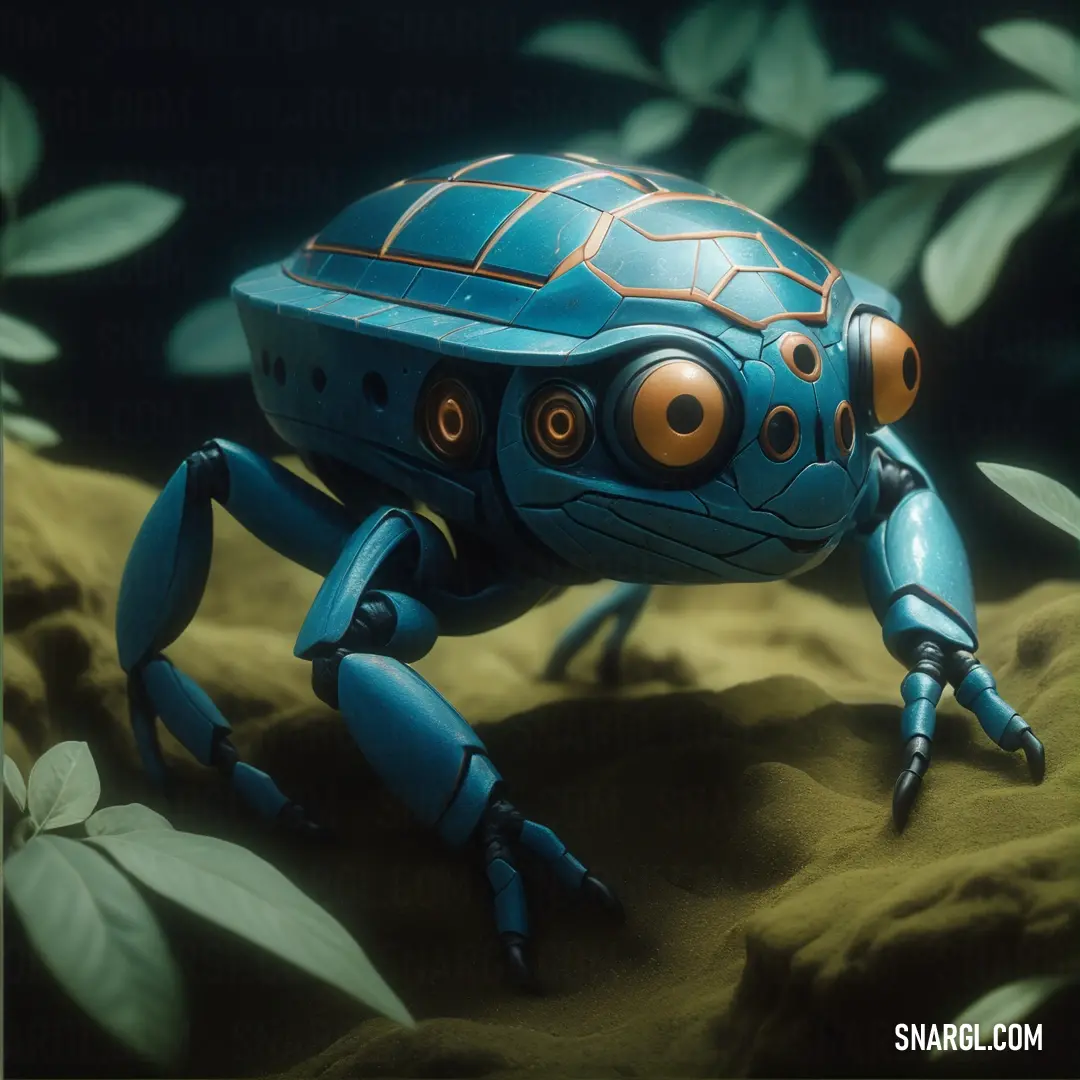
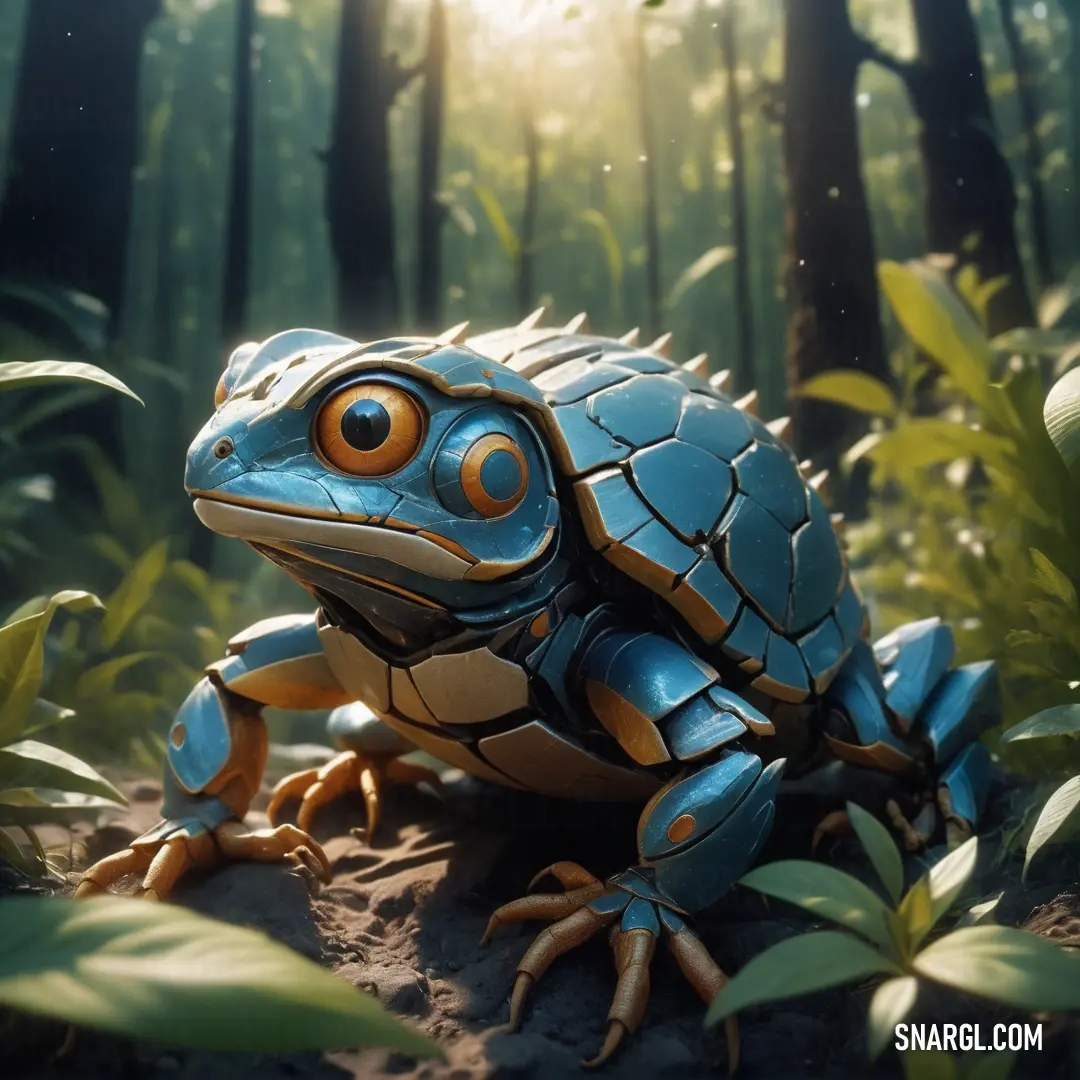
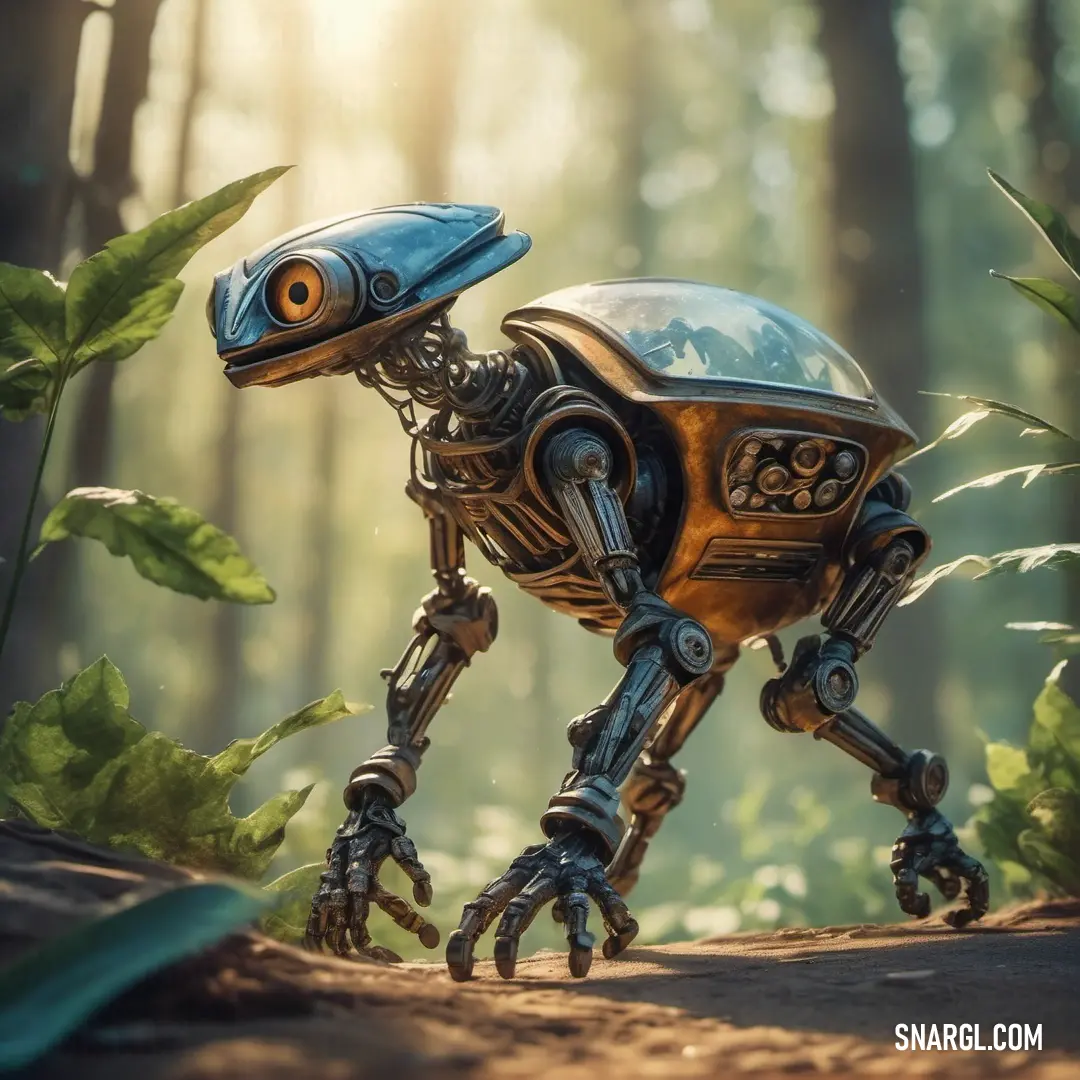
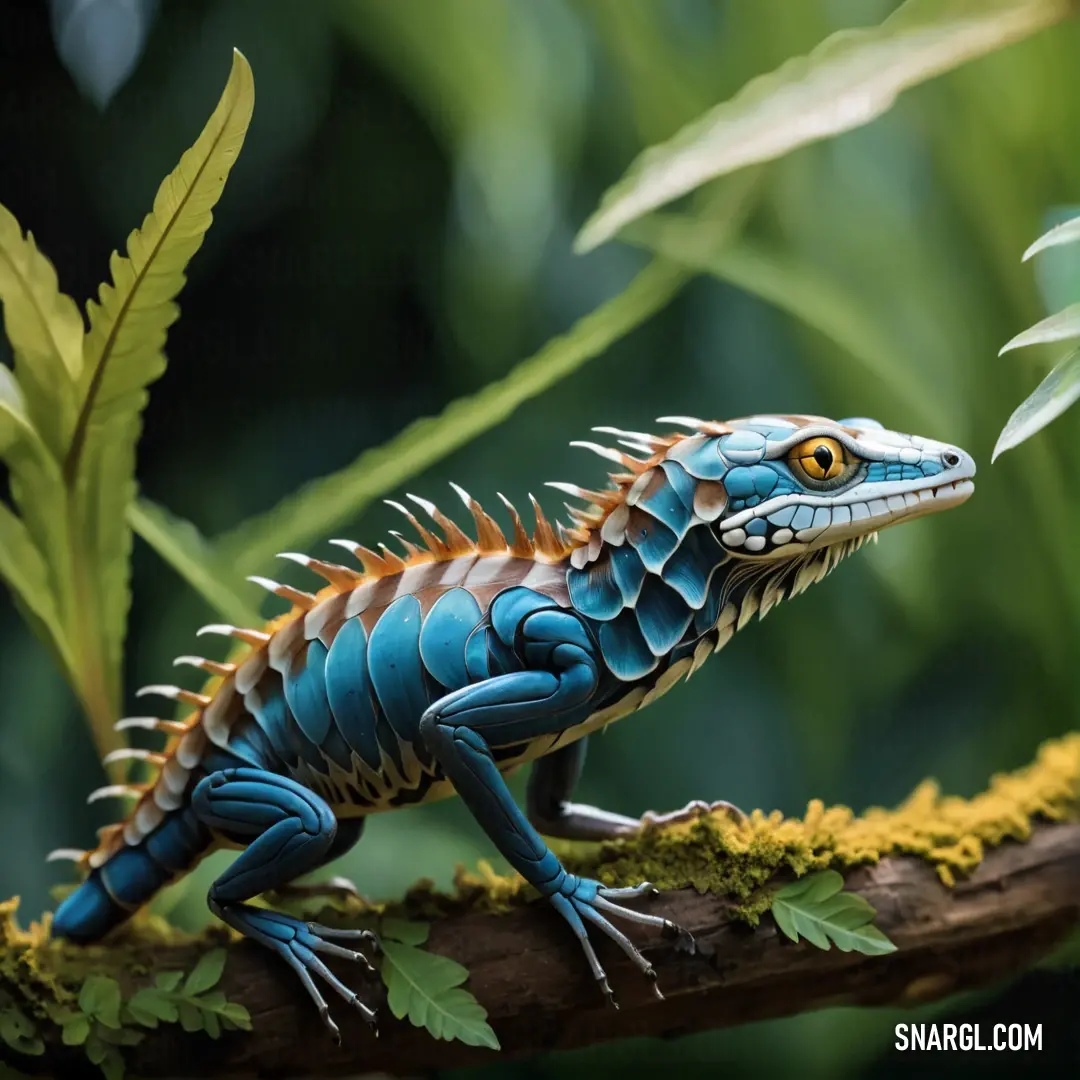
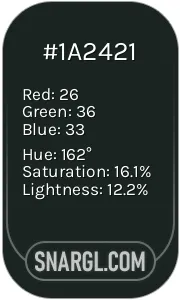 Dark jungle green
Dark jungle green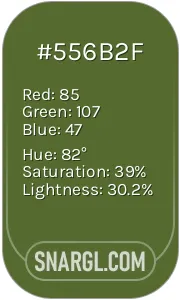 Dark olive
Dark olive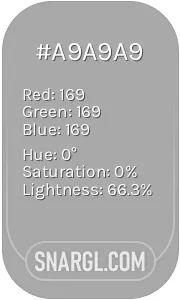 Dark gray
Dark gray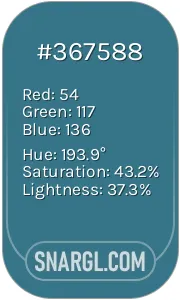 Teal blue
Teal blue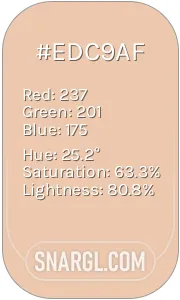 Desert sand
Desert sand



